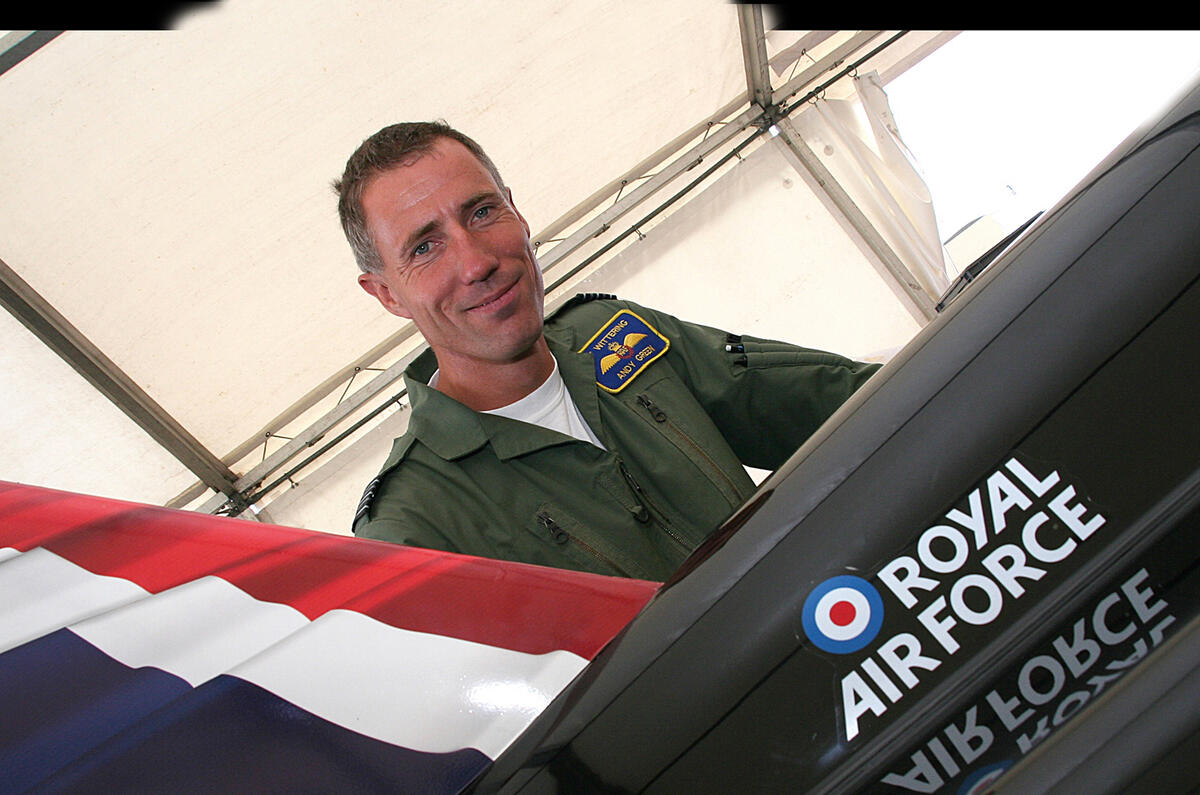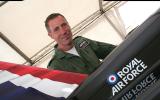If you were going to cast the part of an RAF Wing Commander, Andy Green would be a perfect choice.
Notably tall, broad shouldered and lean, he looks like the bloke in charge. Which is handy, because he really is an RAF Wing Commander as well as being the fastest human on wheels.
Andy Green holds not only the outright world land speed record (a supersonic 763.035mph in Thrust SSC, achieved on 15 October 1997 in the Black Rock desert in the US) but also the diesel land speed record (350.092mph in the JCB Dieselmax on the Bonneville Salt Flats on 23 August 2006).
I meet Green at Coventry’s Transport Museum, where, as part of the facility’s ongoing revamp, a new land speed record display room has been created. This new space is worth visiting, because it houses the previous two land speed record holders, Thrust 2 (which hit 633.468mph in October 1983) and Thrust SSC, together with the new Bloodhound SSC. All three are, of course, British.
If everything goes to plan, Bloodhound – which will also be piloted by Green – will have hit 1000mph on a South African desert by the end of the year.
You might think, as I did, that Green is the UK’s go-to land speed record pilot simply because of his background flying Phantom and Tornado jets for the RAF and his experience with Thrust SSC. However, he is bringing more than just a fundamental understanding of the physics of the challenge.
Green is also making a huge contribution to the design and engineering of Bloodhound, because he happens to be a maths whizz – the sort of whizz who got a first in his mathematics degree at Worcester College, Oxford.
I like to dig into a vehicle’s engineering, but talking to Green about the design of the Bloodhound is wholly different from the average automotive technical briefing. Judging by our conversation, trying to run a wheeled vehicle – powered by both a jet engine and a three-bore rocket – up to 1000mph and stopping it again requires a significant grasp of higher-level physics and maths.
Safety-critical areas, such as steering stability, the ability of the suspension to cope with dips in the desert surface (which could translate into 30-tonne loadings) and how to keep the rear wheels on the ground (the rear of Thrust SSC famously lifted off), have all benefited massively from Green’s input.
I also run into Mark Chapman, chief engineer of the Bloodhound project, and it is clear he’s a bloke who’s interested only in the most challenging tasks in engineering.
He’s just clocked up seven years with the Bloodhound project, and before that he worked on an immensely complex jet engine ‘lift system’ for the Lockheed Martin F-35 Lightning II, said to be the most expensive aeroplane programme of all time.

















Join the debate
Add your comment
Amazing Project
Brilliant project
I've supported them in a small financial way already, but I've just bought a T-Shirt to add to the coffers, hopefully a few more people on this website who'll put their hand in their pocket too? If it inspires youngsters into engineering all the better.
The Ariel Nomad and the Bloodhound remind my why I love cars. Is there a Green Party policy on the Bloodhound?
Will it ever happen?